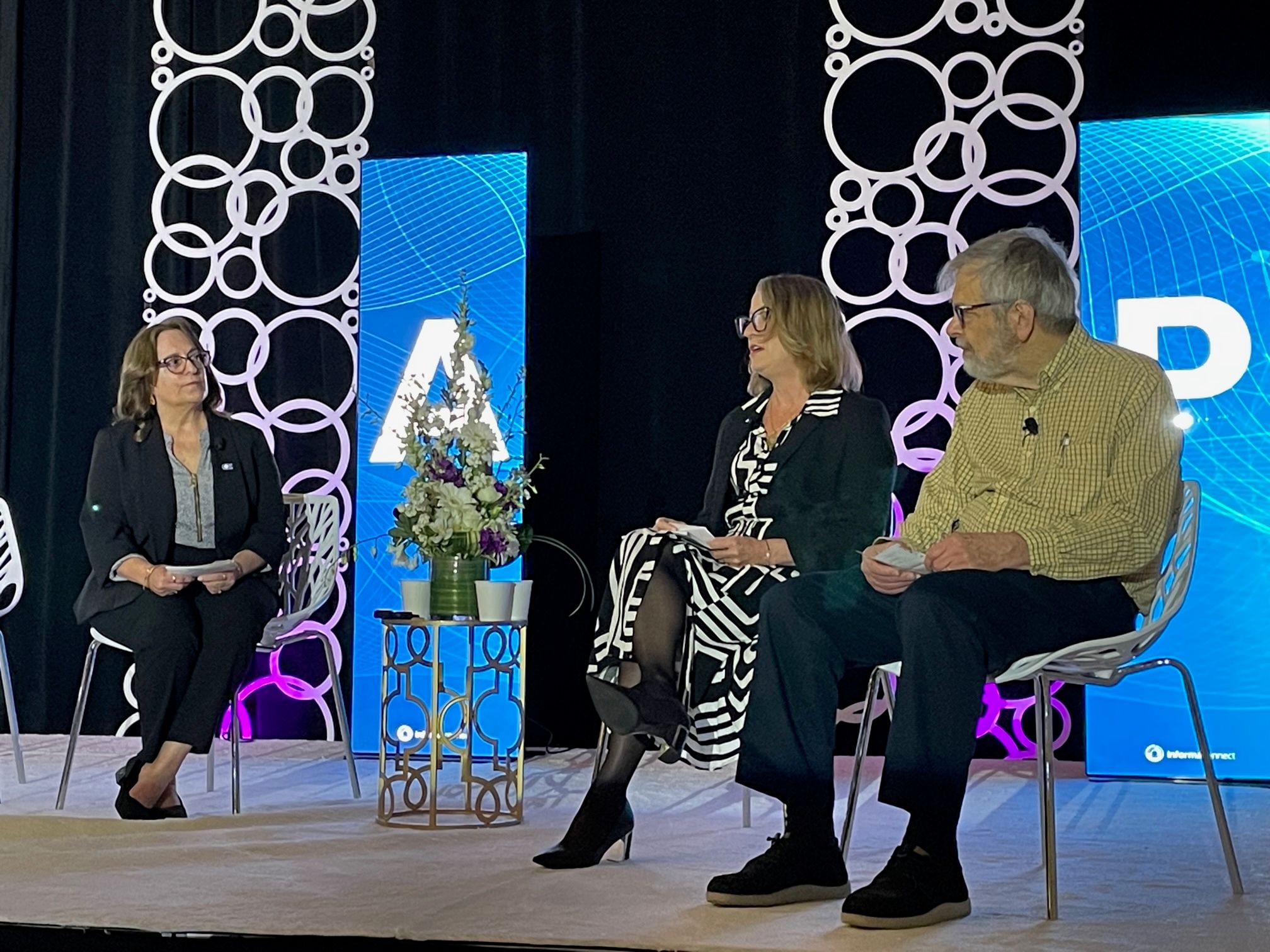PAP 2024: Teaming Up on Patient Assistance
Presentation discusses the evolution of the patient assistance landscape, while presenting ways to collaborate.

Day 3 of Patient Assistance & Access Programs (PAP) was led off by a discussion on “Collaborating for Patient Assistance Excellence—Insights from Patients, Manufacturers, and Pharmacy Fulfillment Providers,” featuring Jennie Metonosky as its moderator, who is also SVP of customer experience with Medvantx, a pharmacy that processes prescriptions and offers to support to patients and healthcare providers (HCPs).
She was joined by Liz Austin, executive director at Genentech, a biotech company, and Rich Sagall, president of NeedyMeds, a non-profit that helps connect individuals to programs that can them afford their medications.
The evolution of patient assistance programs
Austin divided the patient assistance landscape into three buckets:
- Marketplace and payer evolution, which can include the third-party players coming into the space, such as alternate funding programs (AFPs). There are also copay accumulators and copay maximizers, which can negatively affect patients’ out-of-pocket costs and ultimately, patient care.
- Tech innovation and automation, featuring automation on the pharmacy floors, how manufacturers pick and ship medicines to patients, and even the role of artificial intelligence in pharmacovigilance.
- Health equity and acknowledging diversity, equity, and inclusion (DE&I), which is a challenge that needs to be addressed.
“The data out there clearly shows there are different outcomes based on social determinants of health. There's different outcomes based on the zip code you live in,” Austin said. “I've seen the industry start to acknowledge this, and also invest in taking action through things that we’re doing, like building in inclusivity statements into all our materials, including forms so that people know they're welcome to apply, regardless of sexual orientation, gender identity, regardless of race color, regardless of documentation status.”
Although NeedyMeds does not necessarily supply and direct assistance, the organization does provide information about programs that do, with 40,000 of them on its website. A challenge, Sagall noted, is the confused surrounding the actual PAP applications.
“We were checking yesterday, and in about 13% of households, Spanish is the primary language,” he said. "Many people need help filling in the application; they find the application confusing. Or, applications ask for information they really are not willing to give. I encourage people when they’re designing the PAP applications that they really think about what you're putting down there. Do you really need to know the Social Security number? That discourages a lot of people who are not here legally. Do you need to have an address? All these sorts of things you want to consider when you're looking at designing your application.”
Effective strategies in collaborating with partners
Austin is a firm believer in transparency, communication, and alignment of goals. Genentech has invested in ensuring that the company is clear in where it is investing and what its priorities are, whether that be health equity and/or sustainability, and lining up its partners around similar objectives. Overall, the company is centered on the patient experience.
A poll was presented to the audience that was revolved around what they believed to be the biggest barriers that patients face in accessing PAP programs—awareness of programs and the complex application progress were ranked first and second respectively. Sagall felt these results were quite accurate especially in regard to awareness.
“When people ask me about NeedyMeds, the biggest issue we have is awareness. People don't know we exist. How many people heard about NeedyMeds before today? And then when we explain to them what we do, they don't believe it.”
Reference
Metonosky, J. Austin L, Sagall R. Collaborating for Patient Assistance Excellence—Insights from Patients, Manufacturers, and Pharmacy Fulfillment Providers. March 21, 2024. PAP 2024. Philadelphia.